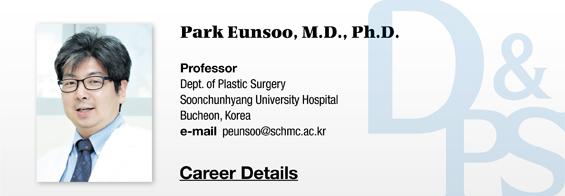Microorganisms very rarely free-float or spread in isolation. In most cases, they attach to solid surfaces by forming polymers and adapt to environmental changes by communicating with the host tissues. Microorganisms form a colony depending on particular environmental factors, such as nutrition. This colony of microbes is called biofilm. Biofilm is defined as a thin film consisting of both organic and inorganic substances adhering to a solid surface by accumulation of microbes and their polymers. The biofilm goes through a cycle where microorganisms floating in air settle on a solid surface to form a small colony and gradually grow to form layers using extracellular polysaccharide (EPS).
Then, some of the cells leave this initial colony to form additional colonies and when this is repeated, it results in a biofilm. Inducing factors including nutrition, osmotic pressure, pH levels, ionic strength, oxygen partial pressure, and temperature are needed for a biofilm to form. When a biofilm sticks on a surface, EPS is promoted to strengthen resistance to antibiotics and the biofilm matures and grows stronger through gene substitution. However, when nutrition is depleted in the center of the mushroom-shaped biofilm, cells exit the biofilm to return to the free-floating state. Bacteria within a biofilm grow to be 10 to 1,000 times more resistant to antibiotics than in the free-floating state. The stronger resistance is thought to arise from cellular transformation of bacteria which deactivates antibiotics by EPS or oxygen or the slowed growth rate within a biofilm.
Tackling This Particular Form of Bacterial Colony
Especially, chronic wounds progress slowly and are often not resolved by the patient’s immune system and have poor response to antibacterial treatment. Most common chronic wounds include bedsores, diabetic foot, and venous ulcers. Biofilms are involved in most chronic wounds. Therefore, tackling this particular form of bacterial colony is emerging to be important.
[Advertisement] FCR® (Fractional Prickle CoralCalcium Regentron) – Manufacturer: (www.illglobal.com)]
Biofilm is formed from a group of microorganisms and usually consist of three components; microbes that build and grow the biofilm, microbes that do not form a colony and components from the patient’s body such as fibrin, platelets, or immunoglobulin. Biofilms delay recovery of chronic wounds and have a negative impact on the outcome. Biofilms develop resistance to antibiotics by slowing the host’s cell differentiation and metabolism. After achieving certain level of growth, biofilms also have the ability to proliferate to nearby areas. It is very difficult to obtain a specimen of growth microorganisms of a biofilm using traditional culture methods.
-To be continued





















